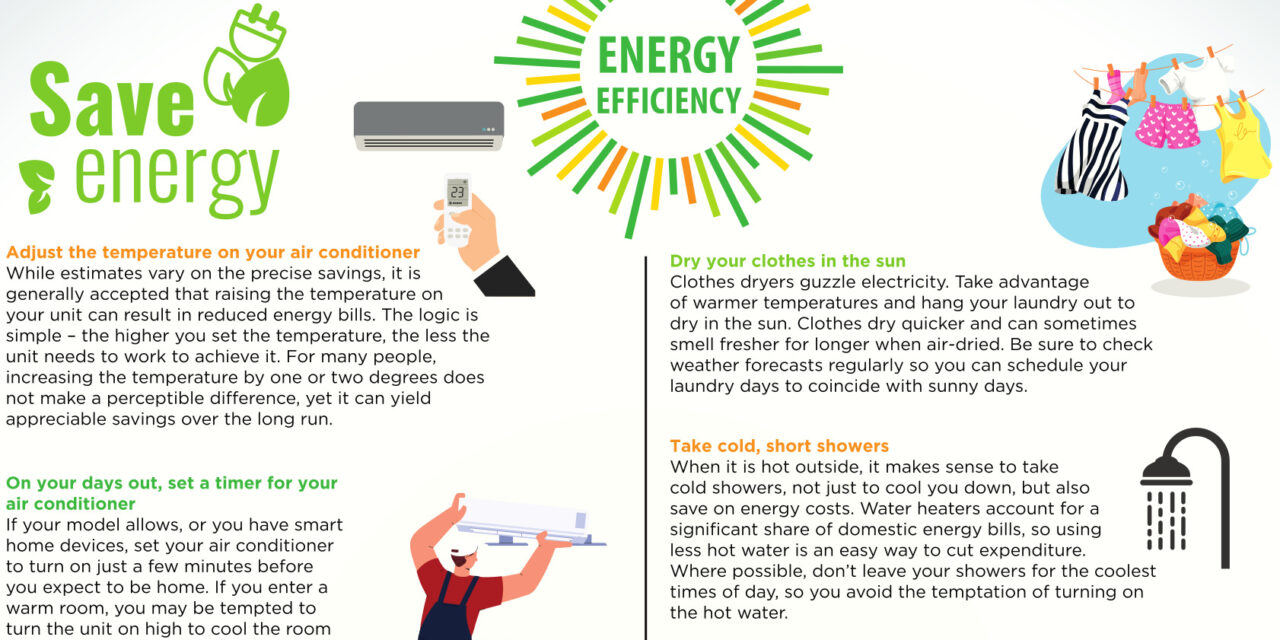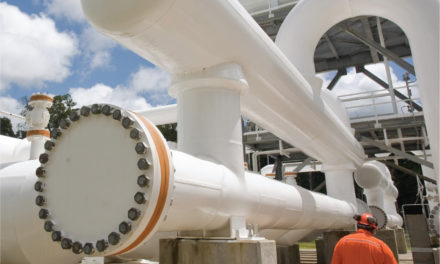In August 2023, the Trinidad and Tobago Electricity Commission (T&TEC) announced that the country had recorded its highest-ever consumer electricity demand of 1,400 megawatts on August 24th.
Just days later, the state utility revealed the record was surpassed again, with demand climbing to 1,410 MW the following week.’ Unseasonably high temperatures were blamed for the increase, as citizens ratcheted up their air conditioning and kept their units running for longer to combat the heat.
As the mercury continues to rise due to global warming, it is expected that demand for cooling will increase further. This will in turn drive overall electricity demand higher. In Trinidad and Tobago, where power generation is fueled by natural gas, this presents a challenge. Given its maturing hydrocarbon reserves, the country must now source its gas from deeper water at higher costs. With a hungry hydrocarbon-based industrial sector to feed, the country can ill afford to direct more molecules into power generation.
So, how can power demand be met without consuming more gas? The introduction of renewable energy (RE) into the grid is one option, but RE projects have extended gestation periods. In the interim, an immediately available and low-to-no cost solution is energy efficiency.







